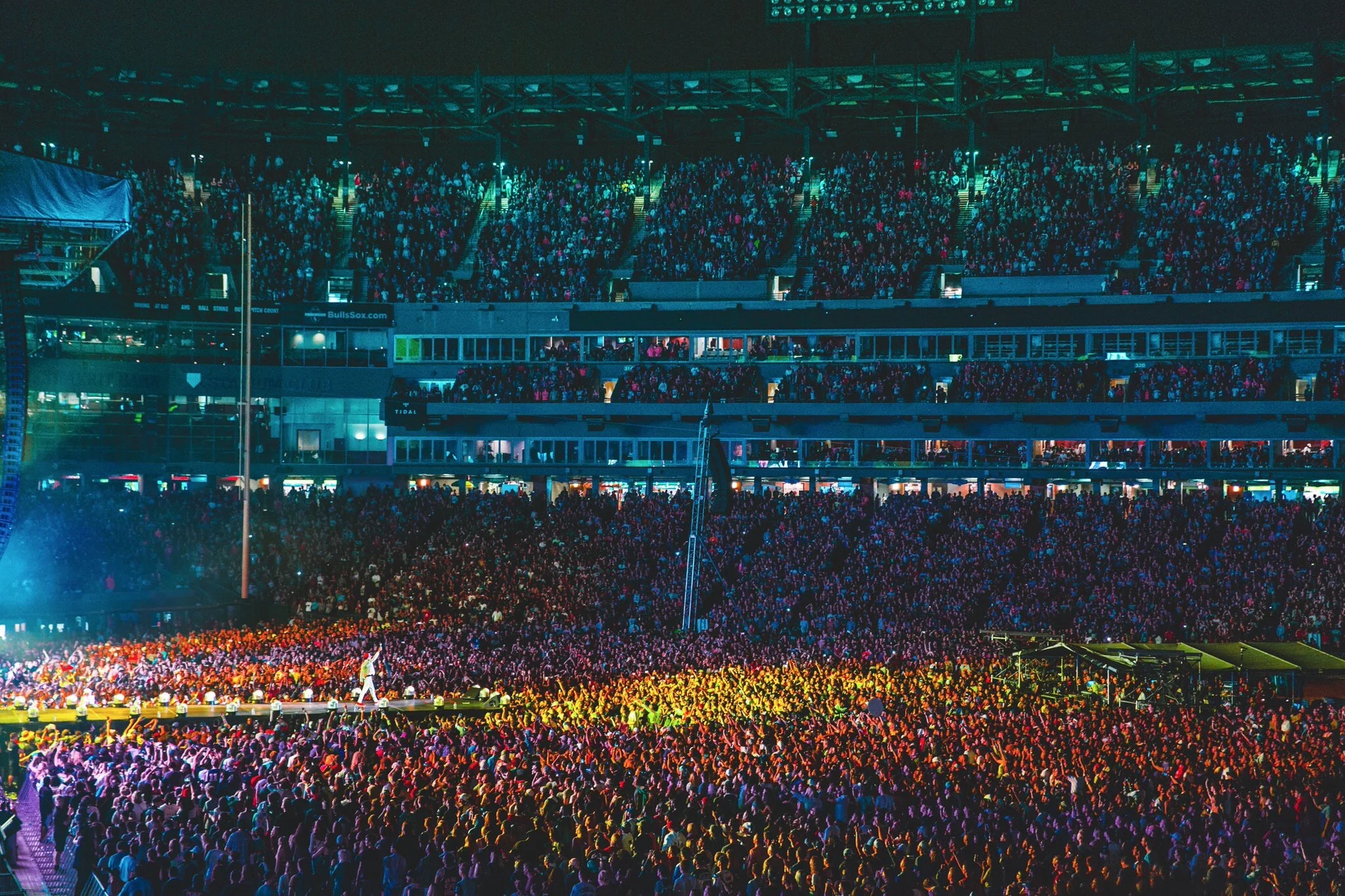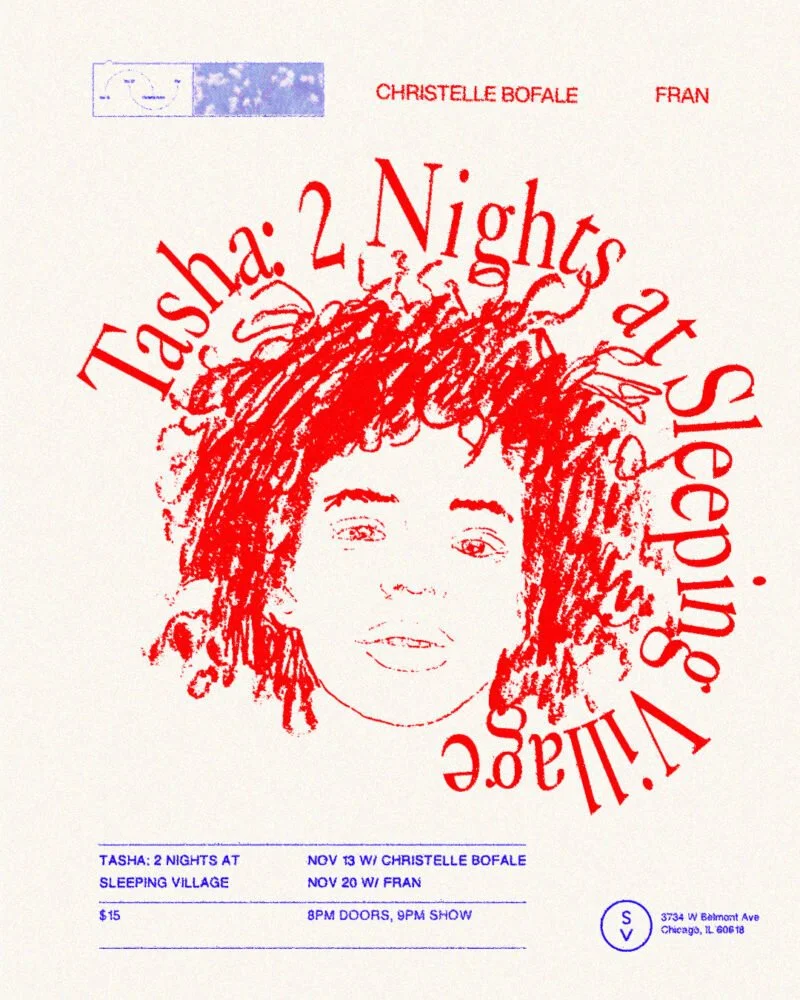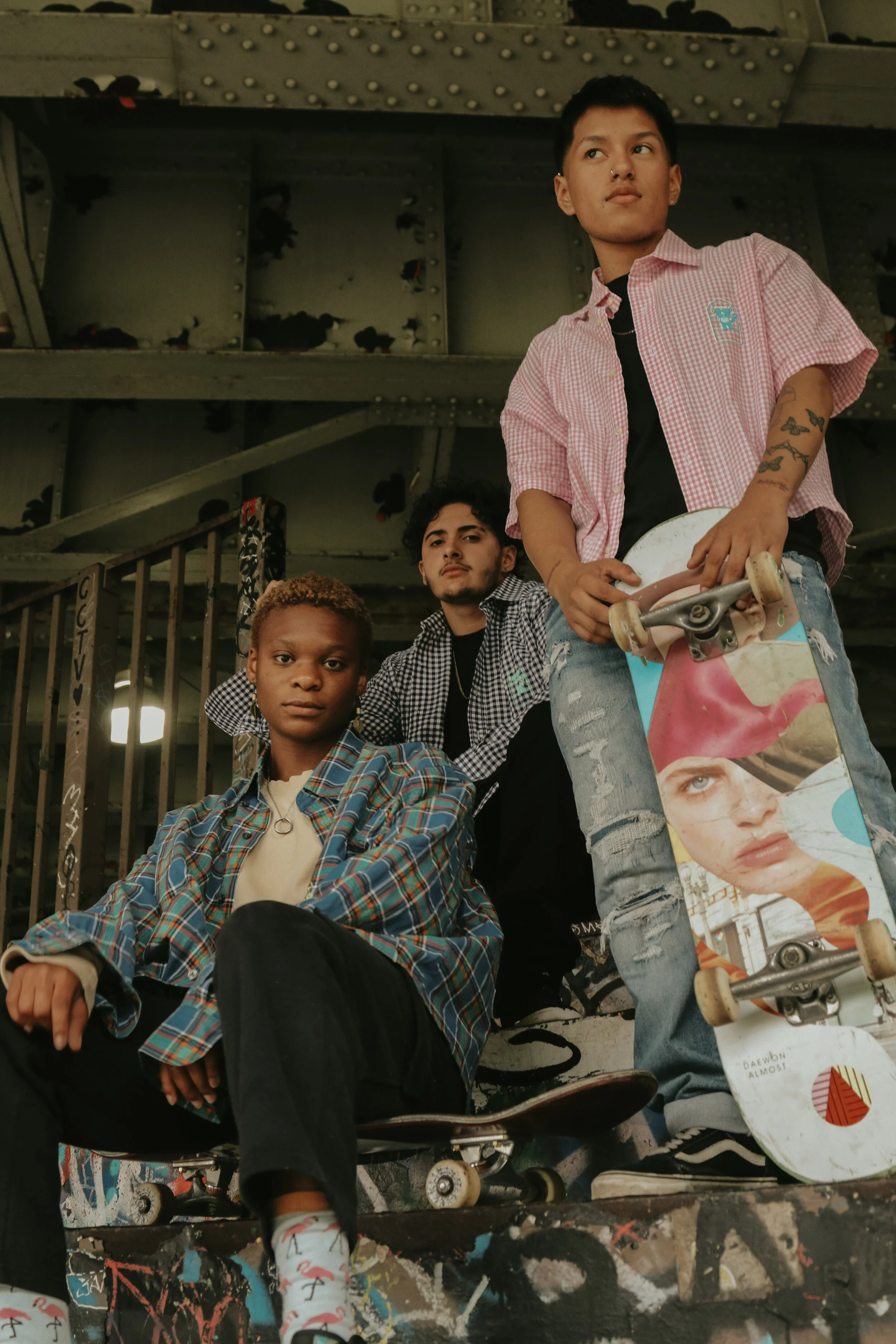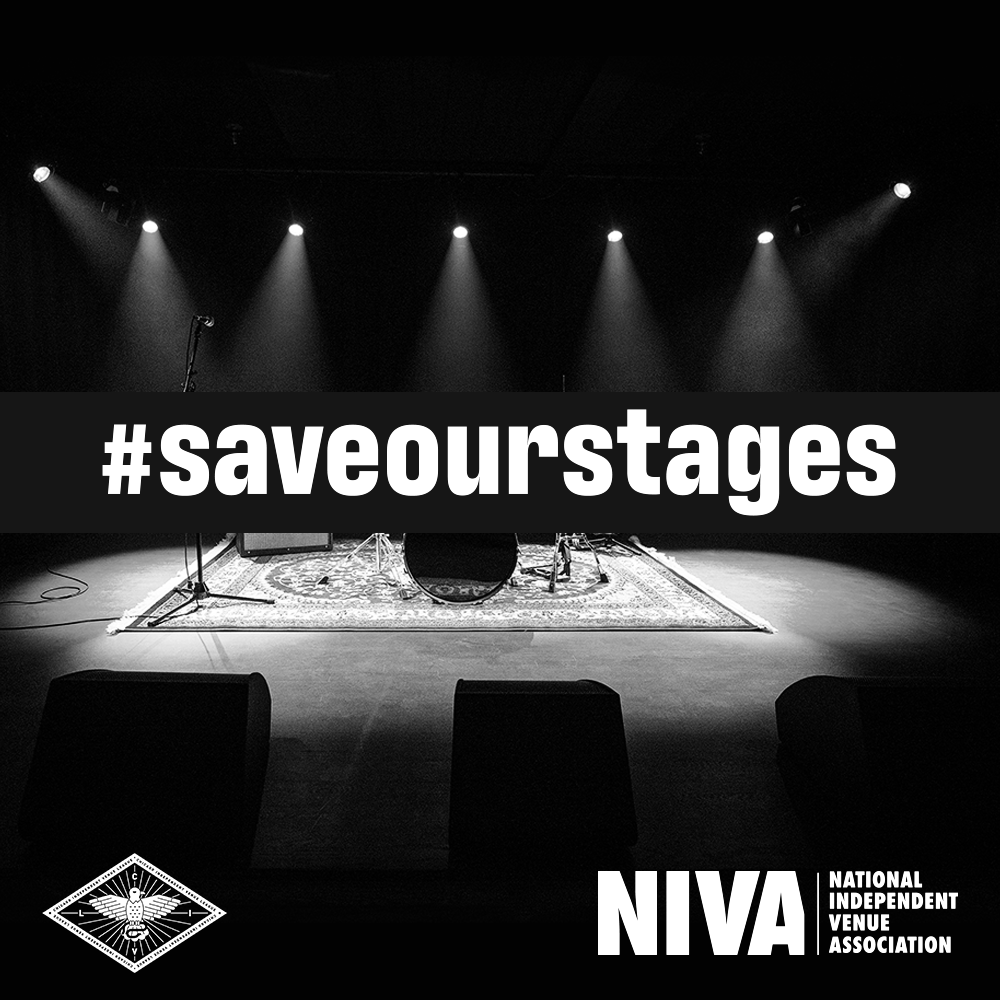The State of CPS • Independent After-School Programs Work To Fill Void Left By Funding Cuts
Special Report • Part 3 of 5
This week, TheseDays’ latest addition, Nicole Kreizel, dives into the current state of operations at Chicago Public Schools. CPS has a long history of budget shortfalls and school closings, and the back and forth between Springfield and Chicago has been contentious. The latest sparring between Rahm Emanuel and Bruce Rauner has caused the public schools’ situation heading into 2017 to become a flashpoint in the state’s agenda.
Politicians, along with teachers, parents, students and nonprofits, have all shaped, and are continuing to contribute to, Chicago’s educational landscape. Over the course of the next five days, we will delve into the key decisions and issues within this realm.
Bearing in mind the financial atmosphere that the state often leaves Chicago Public Schools (CPS) in, money allocated to activities not recognized as ‘necessary’ by the powers that be has largely run dry. Working to fill this void, a coalition of independent organizations and school co-ops focused on the arts has sprung up.
“For kids having a difficult time at home or at school, art can be a survival tool,” said Dominique Chestand, a teaching artist for the community organization Young Chicago Authors (YCA) located off the corner of Division & Ashland in Wicker Park. As a student in CPS, she first attended St. Ailbe Catholic School, a neighborhood school on the South Side, and then enrolled at Young Women’s Leadership Charter School in Douglas; she was not happy in school until she discovered writing and poetry and found others with similar interests. “I’ve seen the arts keep kids in school and alive…to cut this survival tool from schools, especially in black and brown neighborhoods, is basically a death sentence for some students.”
YCA and YOUmedia, a similar organization located first at Harold Washington Library and then in schools across the city, serve as safe spaces for Chicago’s youth. YCA encourages these students, many of whom regularly face the type of violence, segregation and inequality that plague the city, to develop their voices through writing, publication and performance education. Art and spoken word programs help students create their own narratives in a community that surpasses cultural and socioeconomic boundaries.
YCA’s weekly workshops in poetry, journalism and performance art, along with the organization's Wordplay spoken word forums, have also served as a catalyst for easing divisions in the city. Through YCA, Chicagoans from different neighborhoods, who might not interact otherwise, are able to communicate and understand each other.
While nonprofits like YCA and YOUmedia help fill in the gaps that CPS leaves, they also prove how vital art, reading and writing programs are for students, and why these vacuums must be filled.
Chestand has been involved with YCA since she was 13 years old, and through this program, she learned about the importance of role models. The artists who taught and inspired Chestand are still in her life, and the same goes for her YCA peers. Chestand and her fellow artists have all watched each other grow, she said, and become mentors in their own rights. The transition from student to mentor made Chestand want to become a better artist, as she both learns from her students and strives to have a positive impact on them.
“I think what is also really powerful is that when you are a black artist and you are going into these spaces where people see blackness as something that’s monotonous, that blacks are only good at one or two things or have certain driven paths, it is important to have an adult come into these spaces who has made her own path as an artist and as a person who wants to succeed, and who has a similar background as they have,” said Chestand. “It is good [for them] to see what the other options are.”
Grammy Award-winning Chance The Rapper and Saba, among other artists like Vic Mensa, Noname, Malcolm London and Mick Jenkins, got their start in YCA and YOUmedia. They have attributed the open mics and their mentors in these creative spaces to their growth and success as artists. These hip-hop and poetry legends were able to watch each other perform and inspire each other through these programs.
When Mike Hawkins, better known as Brother Mike, passed away in 2014, Chance and London started the monthly “Open Mike” series to honor the death of the YOUmedia leader who changed the lives of many Chicago youths who attended his Lyrical Loft at Harold Washington Library in the Loop. By offering students a place where they could express themselves and be heard, Hawkins paved the way for his mentees to “turn moments into movements,” as he said. His students have indeed done this, and we’ve since enjoyed the blossoming ‘Chicago Renaissance’ that has placed the city and its artists front and center on a worldwide scale.
Tara Mahadevan, who runs a journalism program at YCA, said that Open Mikes and YCA programs are places where students who might feel frustrated by social injustices both inside and outside of their schools can openly voice their thoughts. She explained how this self-expression can serve as a coping mechanism and a form of self-care for students who feel like they have to hide their emotions or hold their tongues elsewhere.
“YCA is a space where people can flourish and grow into themselves...not only do they feel safe, but no one says they’re wrong,” said Mahadevan. Mentors like YCA coordinator Kevin Coval, who started Louder than a Bomb (LTAB), a teen poetry slam that empowers young writers from all over Chicago, encourage youths to strengthen their voices.
Some powerful figures and mentors, like London, the 2011 winner of LTAB, have transformed their voices into actions in the political realm. London is a leader of the Black Youth Project, an organization dedicated to creating justice and freedom for all black people. He helped organize a National Moment of Silence in response to the events in Ferguson in 2014, and led a protest march upon the release of the video of Laquan McDonald being shot in 2015. Likewise, many members of the Black Youth Project, such as rapper Ric Wilson, have traveled as far as the United Nations to stand up against issues like police violence and unequal education funding.
Open Mike, another one of London’s projects, stands out because it brings high school students together from all over the city to express themselves and connect with each other in an open environment. Chicago has long been known as, arguably, one of the most segregated cities in the world. With the city's west and south sides largely populated by lower-income, minority citizens, the dynamics of the city and who is accepted where has been complicated. In the wake of sweeping arrests of gang leaders in the late 90s, the divisions between neighborhoods intensified, to almost block-by-block contingents shooting at one another.
In a city where kids can take a bullet for walking down the wrong street to school, inclusive events like Open Mike allow students from all corners of the city to gather in a common, positive space. At one of the early Open Mikes, Chance stood onstage as teenagers got up to leave and urged them to speak to one another, to communicate: “We’re in Hyde Park, there’s a train that way, a bus that way,” he instructed the crowd, pointing to his left and right. “You’re all in this together, you are Chicago, take care of one another, walk together, keep each other safe.”
Lanai Moon, a senior at Lindblom Math and Science Academy, values spaces like these where creative minds can collaborate. “You can see the different perspectives of other students and the issues around Chicago...it’s a good time to have conversations, schools are not having enough conversations,” she said. “People feel more included in whatever the conversation is [in these spaces] and can express their opinions; it’s amazing to see that so many people agree with you or disagree, and you can learn who you are in another group of people.”
Moon also talked about the importance of mentors; they encourage students to have these discussions and guide them in their creative works.
Someone else who, interestingly enough, has voiced similar ideas, is our own city’s mayor. Mayor Rahm Emanuel stressed the importance of role models in his speech on Chicago violence in September 2016. He said that many young men turn to gangs and crime in search of praise and hope, as they lack positive role models to help them make productive decisions, overcome obstacles and reach their goals. Emanuel even called out the 7,200 at-risk young men in eighth, ninth and 10th grade in CPS in the 20 most crime-plagued neighborhoods, who desperately need access to positive alternatives.
Again, Emanuel was on the same page as many artists and education advocates when he awarded Chance with the 2014 “Outstanding Youth of the Year” award, praising Chance for giving himself to the upward mobility of the state’s youth.
The Emanuel administration has found itself in a unique situation, as it forces schools to cut extracurricular programs and deprioritize the arts at the same time it toasts Chance as a face of Chicago’s music scene and an active mentor to Chicago’s youth. The juxtaposition is not lost on Chancelor Bennett, who rapped on his recent single “Angels”: “I guess that's why they call it where I stay/Clean up the streets, so my daughter can have somewhere to play.”
The contingent of artists in these after-school programs developed their artistic understanding and stage presence to express their thoughts and experiences dealing with the socioeconomic circumstances around them. They use these outlets to discuss difficult subjects like violence and discrimination, along with unifying topics such as enduring relationships, common dreams and shared struggles.
Inspired by the work of mentors like Hawkins and Coval, Chance recently unveiled his ‘Social Works’ initiative at his ‘Magnificent Coloring Day’ festival on the South Side. While the city has continued cutting budgets and closing schools, these humble institutions have stepped in to bring the city together and spark a new, unprecedented era for Chicago’s arts and music scene.
“That place [YOUmedia] saved our lives,” said London, who grew up in Austin, to the Chicago Tribune. “When we were upset and angry that was our place to go. We went to the library to write.”
To revisit the paradox between the government’s words and actions: In the same speech from last year, Emanuel mentioned that he would invest $36 million over the next three years to expand mentoring programs; three short months later, however, Gov. Bruce Rauner took $215 million away from CPS.
These budget cuts hurt the same at-risk students in poor, crime-plagued neighborhoods that Emanuel spoke about earlier. The neighborhood high school in London and Saba’s home neighborhood of Austin, labeled an area with the highest crime rate in 2015, is under-enrolled and under-funded (The Atlantic). Because of the open-enrollment system, there are about 390 students in a building meant for 1,700, and as the number of students drops, so does the school’s funding (The Atlantic). Minimal budgets, weakened by enrollment numbers, have eliminated programs and teachers, and left the remaining students with bleak futures.
Back in 2013, CPS closed seven schools in Englewood, another area known for its violence, because the schools were underused and performing poorly (Englewood Portal). This was traumatic, as schools are often the glue of communities, and many students were displaced into “receiving schools” in gang territories and unfamiliar neighborhoods. In the schools that remained, teachers had to be let go, along with performance-boosting after-school programs (Englewood Portal). The school closures led to declining academic performance and forced some children to attend other schools in gang territories (Englewood Portal).
It seems like these two politicians should put state money where their mouths are and address the current education situation. Both have been quick to champion the achievements of the city’s artistic class, while simultaneously cutting the legs out from under the next crop of creatives. As city and state lawmakers continue to divest funds from extracurricular and arts-based programming within CPS, the importance of independent organizations is magnified.
When resources are stripped away from marginalized people in public schools, students who might not excel in standard school subjects, but who find themselves in their art, might have a difficult time. With her strong focus in the arts, Chestand discussed how finding her passion, poetry, drew her out of a period of depression. But what happens to students who do not find outside programs like YCA to fill the void CPS is leaving?
“You can’t really talk about CPS without talking about the local government, or YCA, or music culture, or art culture or the rap scene; they are all so deeply intertwined,” said Mahadevan.
As CPS drains money from music and art programs, though, students walking along these interwoven paths might reach dead ends.














